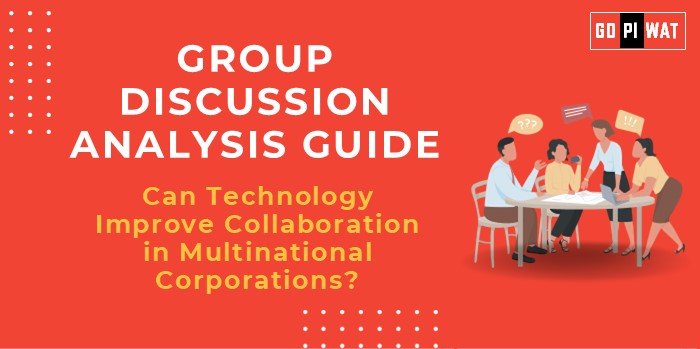📋 Can Technology Improve Collaboration in Multinational Corporations?
🌐 Introduction to the Topic
In an increasingly globalized world, multinational corporations (MNCs) must coordinate teams across time zones, cultures, and geographies.
The role of technology in enhancing collaboration within MNCs has become vital in the wake of rapid advancements in communication tools, cloud computing, and AI-driven platforms.
However, questions remain: Can technology truly bridge cultural barriers and organizational silos to deliver effective collaboration?
📊 Quick Facts and Key Statistics
- 🌍 Global Collaboration Software Market: Valued at $16.5 billion in 2023, expected to reach $25 billion by 2026 (Gartner).
- 🏠 Hybrid Work Adoption: 60% of global companies use hybrid or remote work models post-pandemic (PwC, 2023).
- 📈 Workplace Productivity Tools: Microsoft Teams has 300 million monthly active users (2024), Slack over 20 million daily users.
- 💸 Cost of Poor Collaboration: Ineffective collaboration costs businesses $12,000 per employee annually (McKinsey, 2023).
🔑 Stakeholders and Their Roles
- 💼 Corporations: Invest in tools like cloud platforms, AI, and video conferencing to improve workflows.
- 🔧 Technology Providers: Innovate platforms like Microsoft Teams, Zoom, and Google Workspace.
- 👨💻 Employees: Adapt to technological tools for seamless teamwork and productivity.
- 🧑💼 HR Teams: Facilitate training programs to overcome cultural and technological gaps.
🏆 Achievements and ⚠️ Challenges
🏆 Achievements
- 💻 Real-Time Collaboration: Tools like Zoom and Slack enable instant meetings and brainstorming, breaking down physical barriers.
- 📂 Centralized Knowledge Management: Cloud-based tools like Google Drive and SharePoint ensure access to up-to-date documents.
- 💰 Cost Savings: Reduced travel expenses and virtual meetings save up to 40% of operational costs.
- 📋 Enhanced Project Management: Platforms like Asana and Trello streamline task assignments and updates.
⚠️ Challenges
- 📶 Digital Inequality: Poor connectivity in some regions limits access to tools.
- 🌏 Cultural Misalignment: Different communication styles and norms create friction.
- 🛑 Over-Reliance on Technology: Excessive virtual tools can lead to “Zoom fatigue” and reduced human connection.
🌍 Global Comparisons and Case Study
- 🇪🇪 Estonia: Effective use of cloud collaboration tools in public and private sectors.
- 🇯🇵 Japan: MNCs like Toyota use AI-powered tools to align global teams.
Case Study: Tata Consultancy Services (TCS) implemented AI-driven collaboration systems during the pandemic, connecting 400,000+ employees across 46 countries and achieving a 25% productivity increase.
📋 Structured Arguments for Discussion
- ✅ Supporting Stance: “Technology enables multinational teams to collaborate seamlessly in real time, improving efficiency and decision-making.”
- ❌ Opposing Stance: “Technological tools alone cannot resolve cultural misunderstandings and structural silos.”
- ⚖️ Balanced Perspective: “While technology enhances collaboration in MNCs, addressing cultural and regional disparities is crucial for sustainable outcomes.”
🛠️ Strategic Analysis
- 💪 Strengths: Improved efficiency, reduced costs, centralized data sharing.
- 🔻 Weaknesses: Technology fatigue, digital inequality, cultural misunderstandings.
- 🚀 Opportunities: AI-driven tools, global hybrid work models, VR-enhanced collaboration.
- ⚠️ Threats: Cybersecurity risks, resistance to technology adoption.
🎓 Connecting with B-School Applications
Real-World Applications: Enhance teamwork in case study competitions, group projects, and internships involving global clients. Use collaborative platforms like Slack or Trello for efficient project management.
💡 Sample Interview Questions
- 🗣️ “How can cultural barriers be addressed through technology in MNCs?”
- 🤖 “Can AI-driven collaboration tools replace face-to-face interactions?”
Insights: Understanding tools like MS Teams, Asana, and Slack is essential for practical applications in team-based projects. Complement technology adoption with cross-cultural communication skills.


